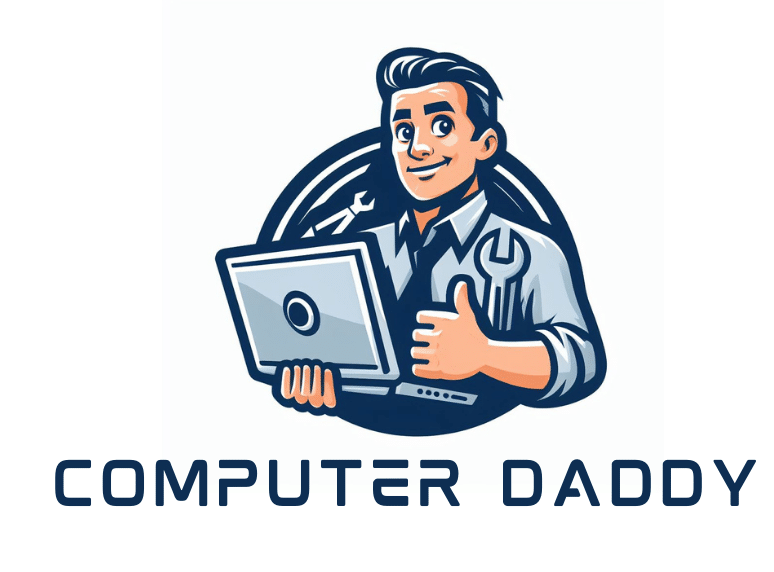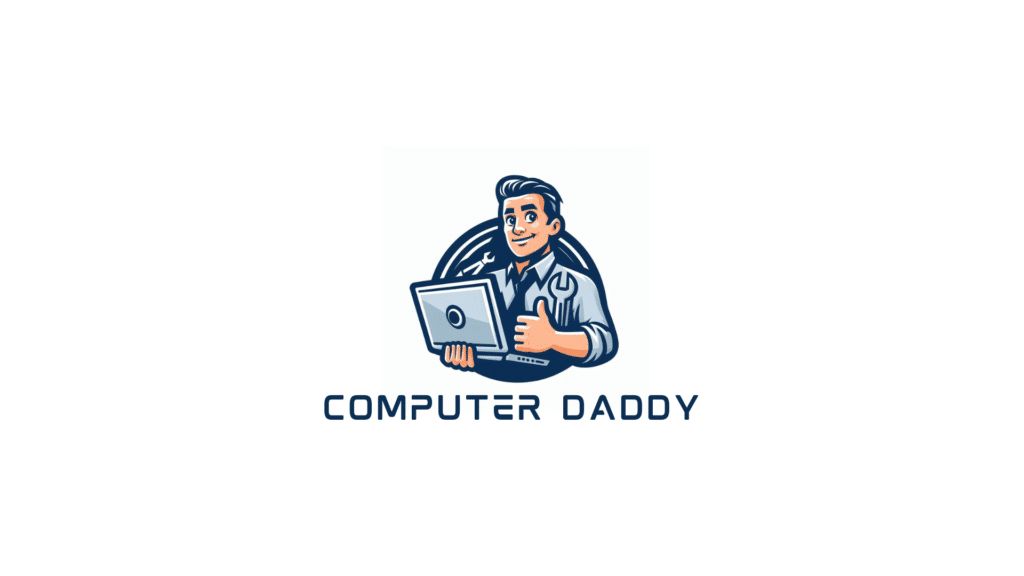Computers are an essential part of our daily lives, but they can also be a source of frustration when things go wrong. Whether it’s a virus infection, a hardware failure, or a software glitch, computer problems can disrupt your work, your entertainment, and your peace of mind.
Fortunately, you don’t have to be a computer expert to keep your system running smoothly. With these 7 essential computer repair tips, you can troubleshoot common problems, prevent future issues, and recover from disasters with ease.
1. Computer Troubleshooting
When your computer is acting up, the first step is to identify the problem. Is it a slow performance issue, a connectivity problem, or a software error? Once you know what’s wrong, you can take the appropriate steps to fix it. We recommend starting with the basics and stepping through each step one at a time. Some of the steps are: Software updates, close unwanted apps, check which software is starting as Windows boots, the good old reboot, running the file system scan like Windows SFC /scannow, hardware temperature, hardware benchmarking to flush out the culprit. There’s many more steps, but these are a few that you should try right away.
2. Virus Removal from Windows
Viruses, malware, and other malicious software can wreak havoc on your computer, stealing your data, damaging your files, and compromising your security. To protect your system from these threats, use antivirus software and keep it up to date. Also install Malware removal tools to assist with the cleanup.
3. Data Backup and Recovery a practical guide
Data loss can be devastating, especially if you lose important files, photos, or documents. To prevent data loss, back up your files regularly to an external hard drive, cloud storage, or other backup solutions. If you do experience data loss, use data recovery software to retrieve your files. Have you tried OneDrive, Dropbox, Google drive or iDrive? These are popular cloud backup solutions.
4. PC Hardware Repair & diagnosis
Hardware failures can cause your computer to crash, freeze, or malfunction. If you suspect a hardware issue, check your device manager, run diagnostic tests, and replace any faulty components. You need to start with the temperature of your CPU, RAM, SSD and Graphics card as one of them can be overheating. It’s very common for a CPU or GPU to overhead due to dried out thermal paste which needs to be replaced carefully. Your CPU cooler may also be inadequate. This is a common issue when you’ve upgraded your CPU but are still using the factory cooler…
5. Computer Software Installation
Installing new software can be tricky, especially if you’re not familiar with the process. To avoid errors and conflicts, follow the installation instructions carefully, and make sure your system meets the software requirements. Try to stick to trustworthy software from reputable brands and never download and install a tool from an unknown source, especially if it prompts for elevated privilges like running as Administrator.
6. Operating System Updates – Windows MAC IOS Android
Operating system updates can improve your computer’s performance, fix bugs, and enhance security. To keep your system up to date, turn on automatic updates, and install the latest patches and service packs. Windows Update, MacOS updates, IOS updates, etc. Check for them and install all updates, then reboot. Keep checking for updates until they stop and you’re on the latest version.
7. Home Windows Network Configuration
Network issues can prevent you from accessing the internet, sharing files, or connecting to other devices. To troubleshoot network problems, check your network settings, reset your router, and update your network drivers. Are you familiar with command line diagnostic tools like – Arp, Nbtstat, Nslookup, Pathping, ipconfig, traceroute, Whois, Winipcfg? We use complex tools to work out whats going on and get your network back up and running. The built in Windows Firewall can also be a tricky one to get right, so start by assigning your connection a profile that best suits its need. For example, connecting your WiFi to a hotspot in an Airport or cafe would be a “Public Profile.
Windows Firewall profiles explained:
Domain Networks – This setting is applied when the computer is connected to a domain controller, which is controlling a Windows domain.
Private Networks – This setting is applied when a connection to a network for which the computer’s account is not associated with. This can be a different domain or home network. A computer can only be joined to one domain at a time, so if the computer is not joined to the Domain network, it can only be joined to a Private or Public network. It is suggested that the Private network profile of settings be more restrictive than the Domain network profile of settings.
Public Networks – This setting is applied when a connection to a domain is made through a public network, such as at an airport, hotel, or coffee shop. Since the security of these networks is unknown and not really controlled by the user running the computer, it is suggested that the Public network profile of settings be more restrictive than either the Domain network or Private network.
By following these 7 essential computer repair tips, you can keep your system running smoothly, protect your data, and avoid costly repairs. If you need further assistance, don’t hesitate to contact a professional computer repair service.


